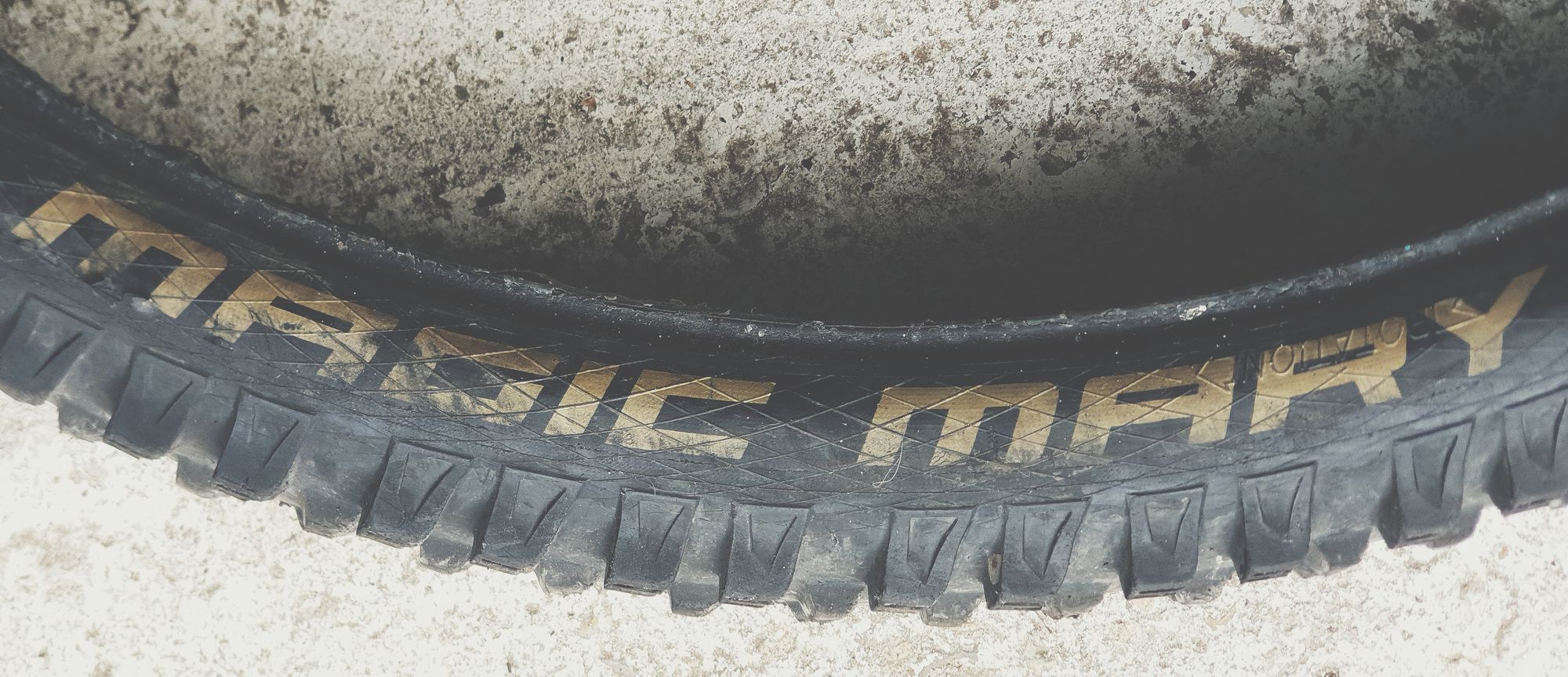We tested the 2.35 Magic Mary Super Gravity casing, in both Vertstar and Trailstar compounds. These were used primarily in the French alps, using uplift so little pedaling. In total they covered 508.4 miles / 818.19049 kilometres and 310,178 ft / 94542.2544 metres of descending on fast rough DH style tracks.
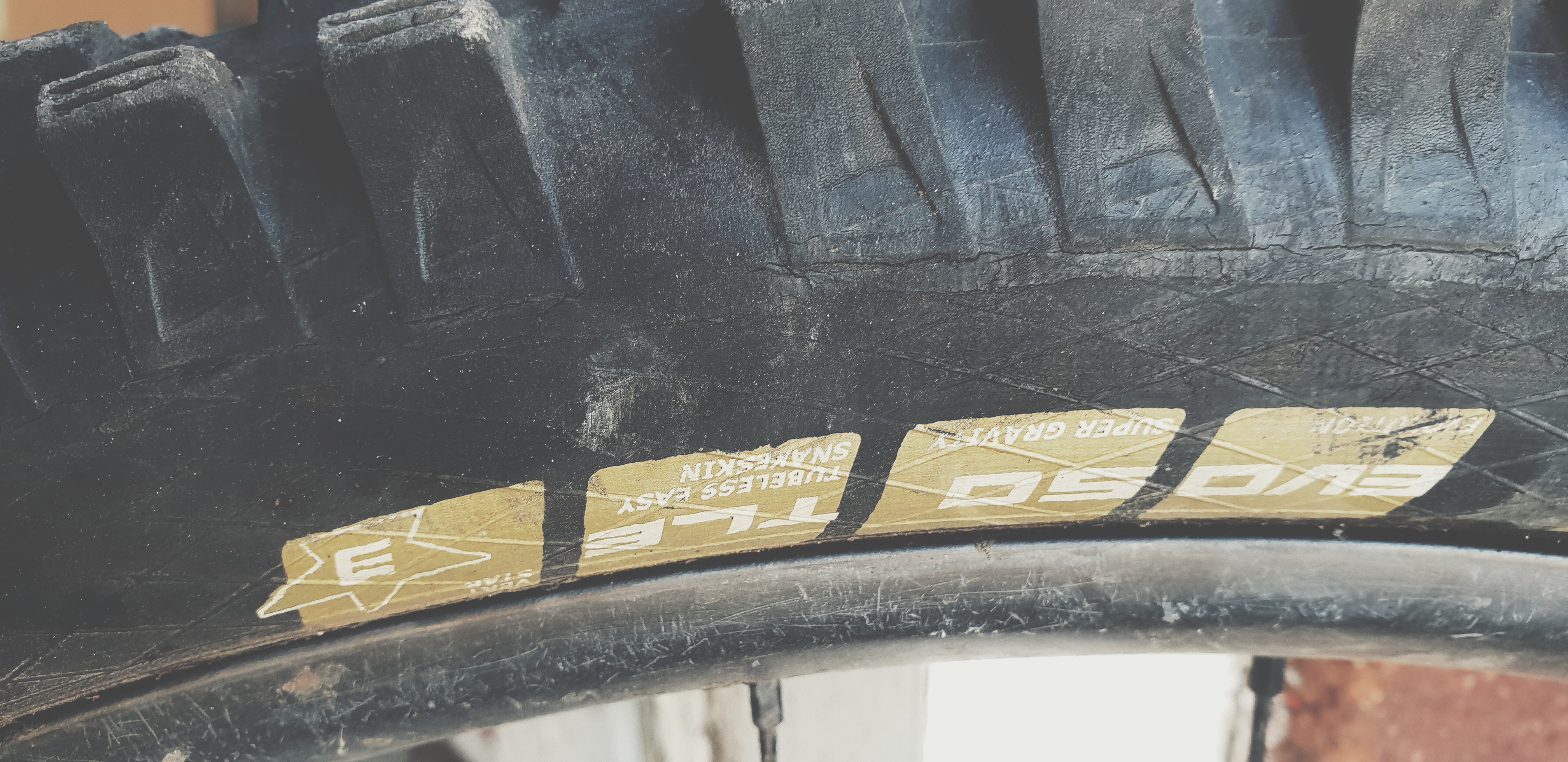
Sizing
Schwalbe tyres are known to come up true to size, with plenty of volume. We measured the Marys as 59mm/2.32" wide , this is on 35mm internal rims at 20psi. When installed, from rim to top of knob we measured as 53mm/2.08". Even on these wide rims, the 2.35s come up with a nice rounded off shape, with the cornering knobs still contacting the ground nicely when leaned over.
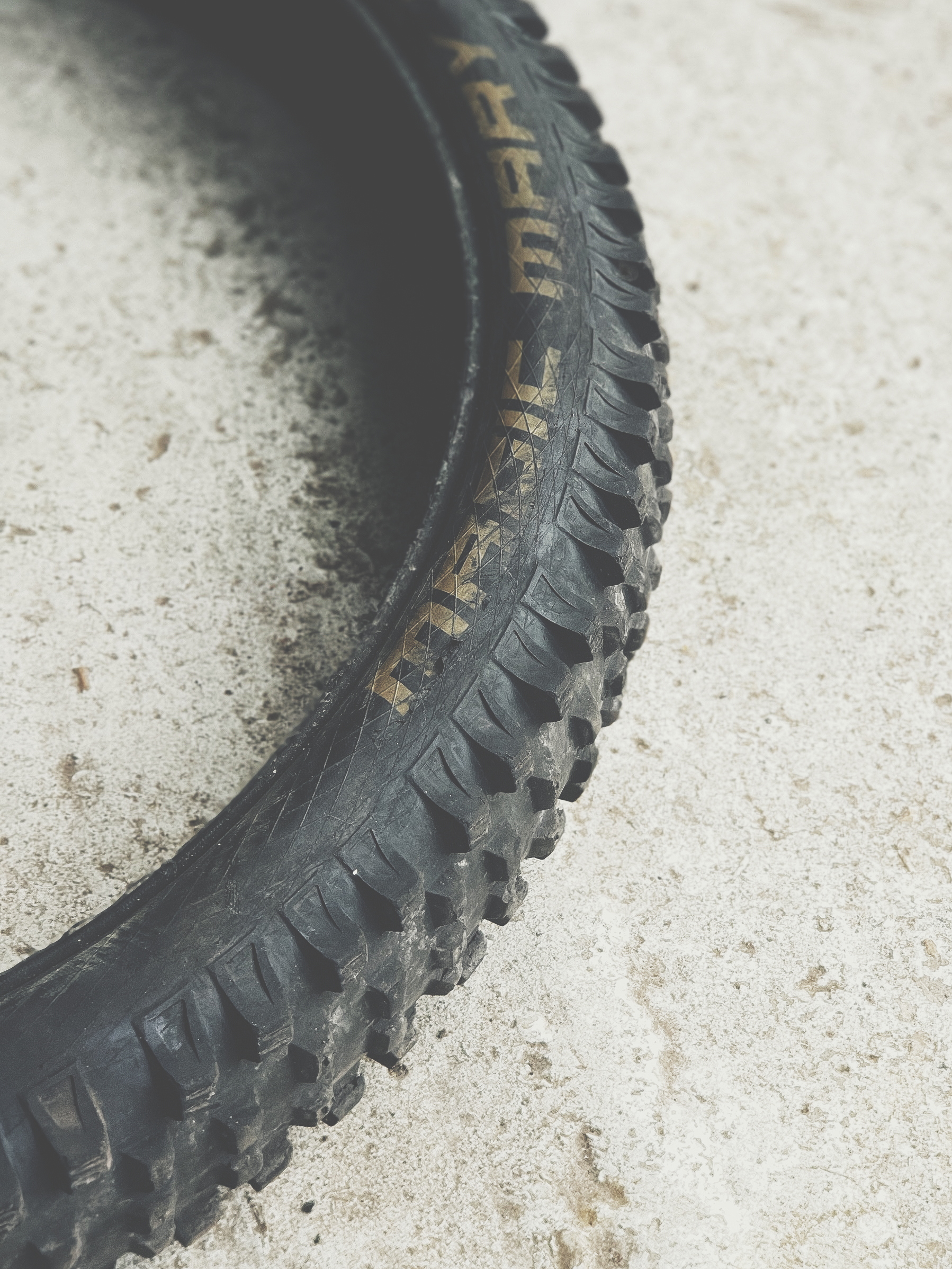
Installation
The Super Gravity is Schwables casing that is lighter than full on DH construction, but designed to survive against big rock impacts and general high speed abuse.
The sidewalls on the Super Gravitys are massively stiffer than Schwalbes Snakeskin or Maxxis Exo casing. With zero air in the tyres, the bike still stands up and doesn't look like it's flat. The walls almost feel like plastic rather than rubber, they are that thick.
What this does mean is that it takes a little more persuasion to get the tyres onto the rim, and then off again. We used these tyres on a few different rims, and were always able to get them seated, but it does take a little more effort than with the lighter tyres.
Tubeless went up very easily, with no leaking from the offset.
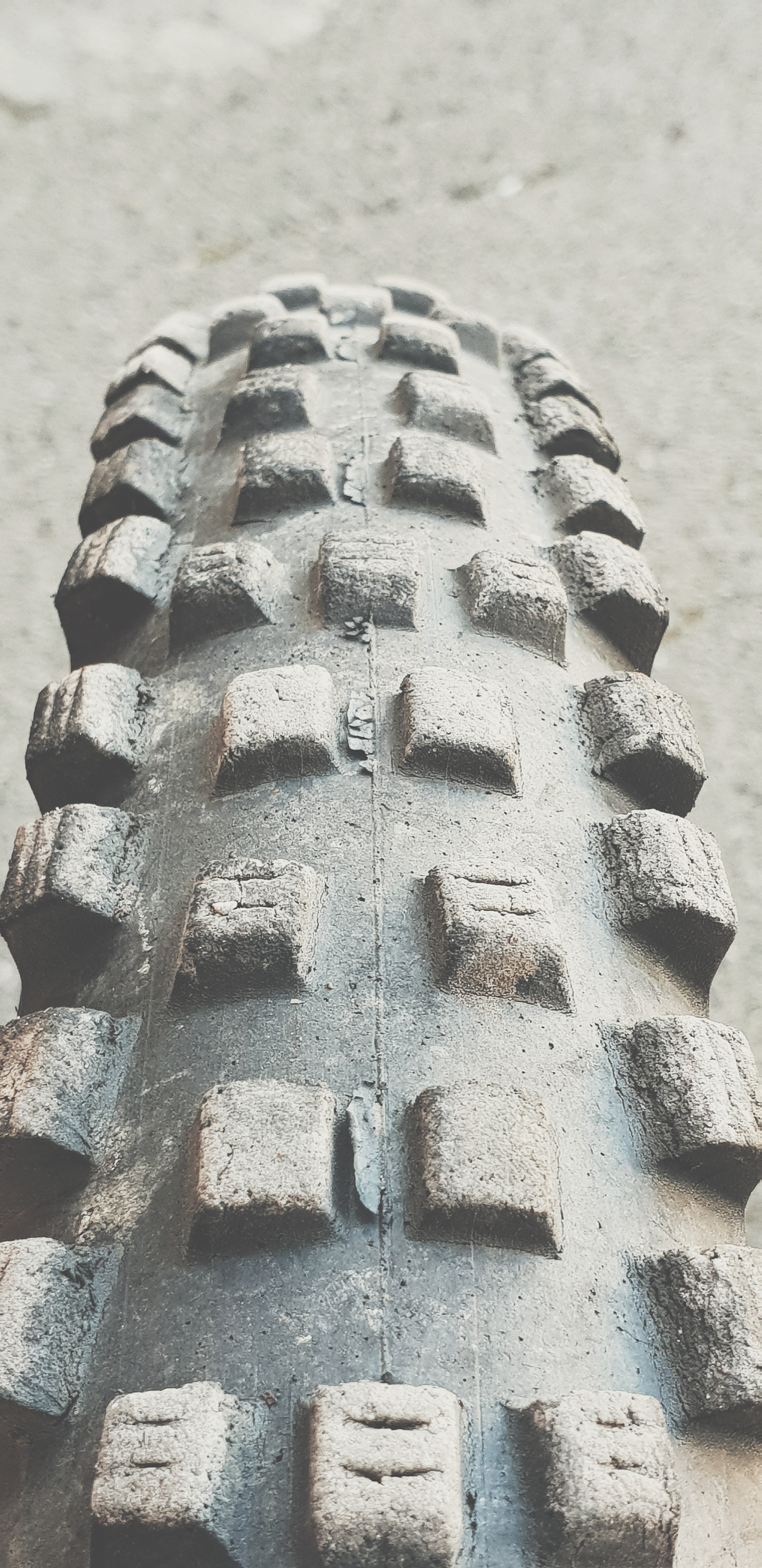
Performance
Read any review of the Mary and you'll see it receives glowing praise all around for its grip in soft or muddy conditions, as well as it's ability to work well on harder surfaces too.
Cornering grip is fantastic, and the stiff sidewalls allow for low pressures (<20psi) without needing to worry about pinching and puncturing the tyre. When setup correctly, it feels like you have a few extra millimetres of suspension, especially in the softer Vertstar compound with excellent damping qualities.
Braking grip in loose and steep conditions is where the Mary really shines, compared to a less aggressive tyre, speed control is much easier with less chance of skidding.
Even on hardpack bikepark style trails, the Mary still works well, with the supportive shoulder knobs not really squirming round berms and big g-outs. So what's the downside with the Marys? Rolling resistance. They are not particularly fast and during extended alpine climbs we wished we had something quicker rolling, especially on the rear.
In the UK, for natural and or rocky descending with a bit of gradient, the Magic Marys are a perfect tyre, and the Super Gravity casing offers superb protection against punctures. Not once did we get even a slight hole or burp them over the entire test period.
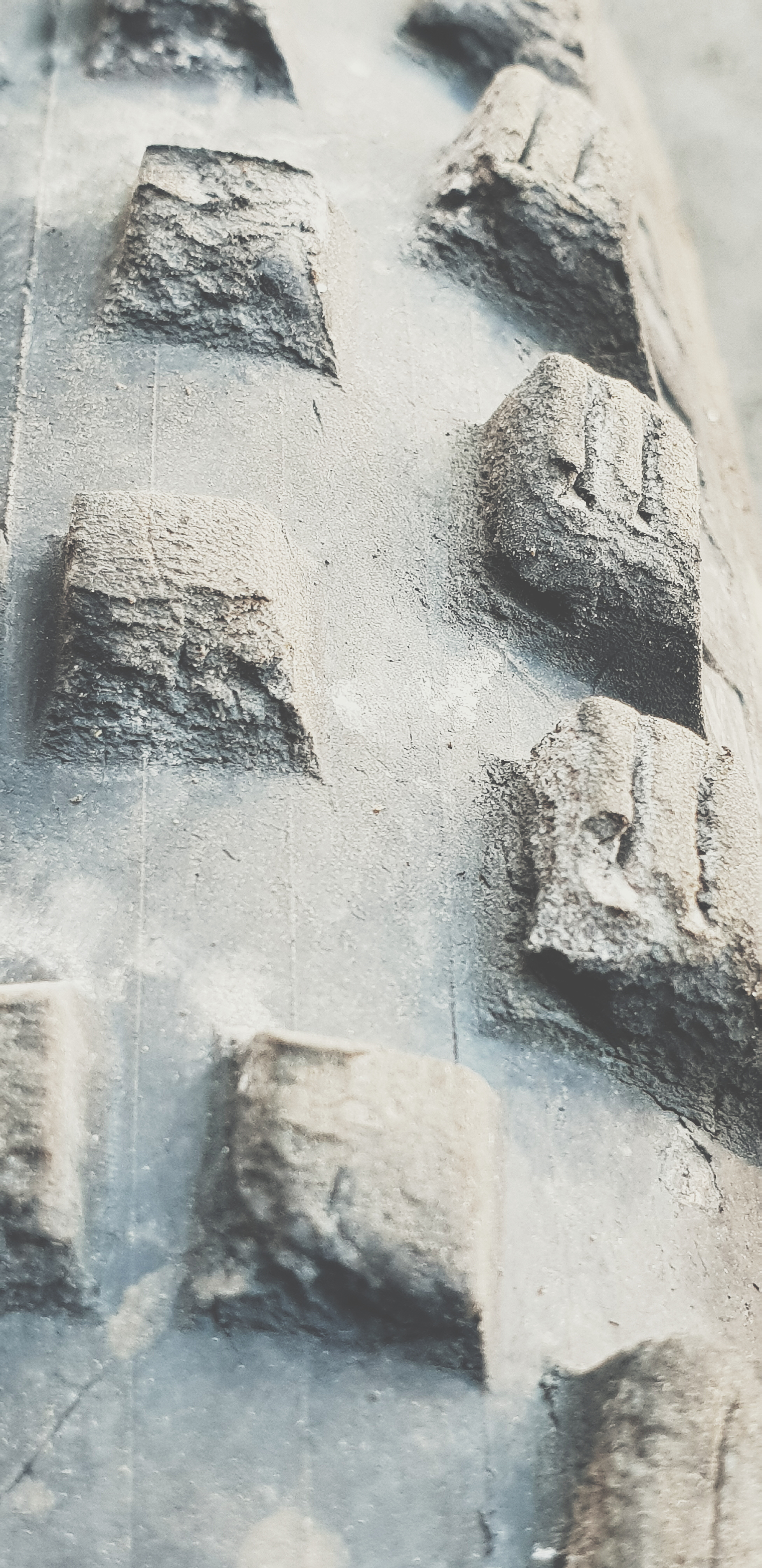
Longevity
In general, softer tyres wear faster than harder, and rear tyres take the most abuse and we found this with the Marys. After over 500 miles, the rear knobs are getting chewed up, with the side knobs starting to tear, but none have come off yet. On the front, the knobs have worn down, but there is less visual signs of damage. We've not noticed any massive performance drop even after all this use. We'd expect to get another 100-200 miles out of these, depending on conditions, which we think makes them great value.
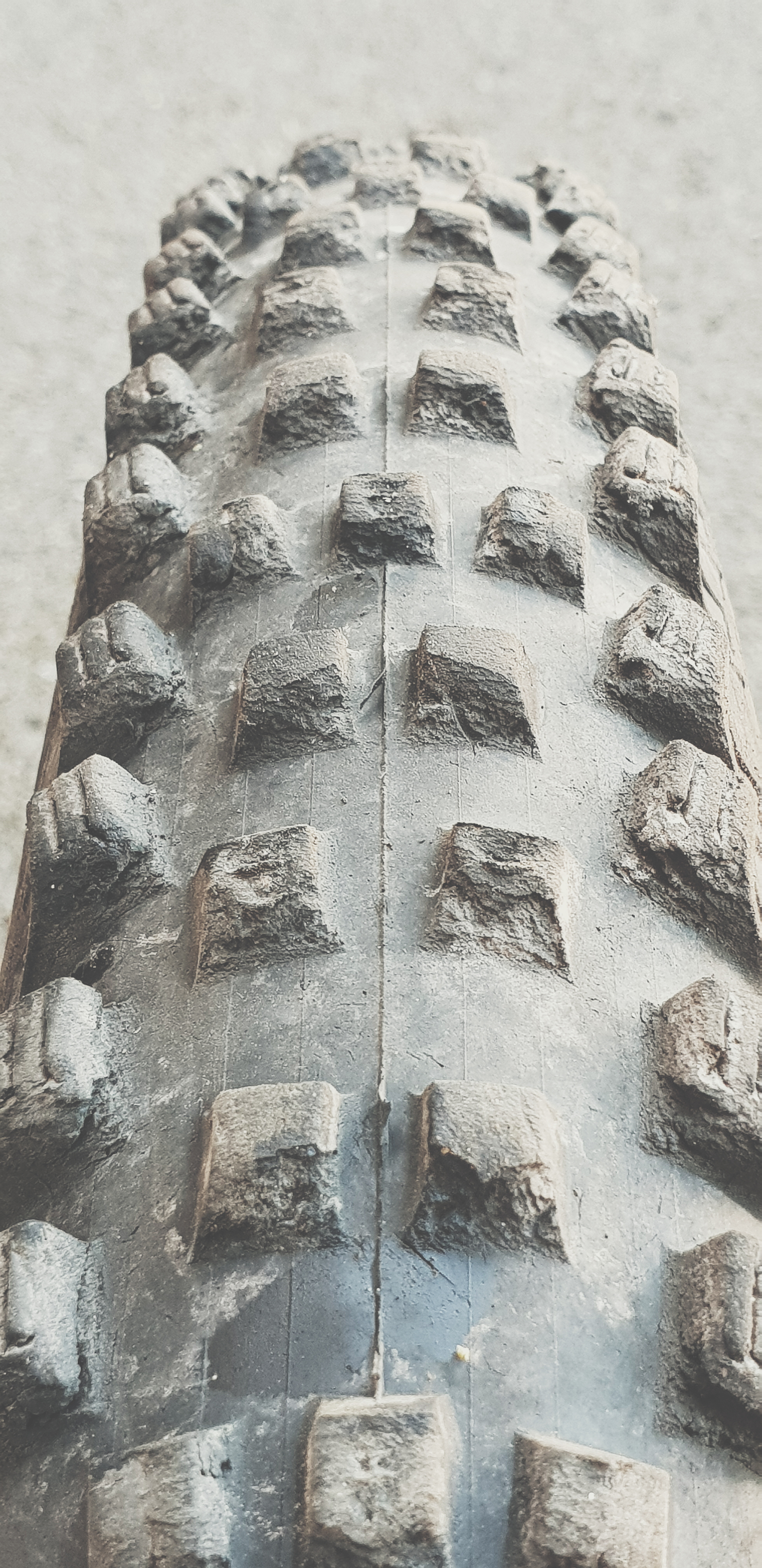
Overall
The Magic Mary is a great tyre in any form, but the Super Gravity versions are probably the best of the bunch. If you ride soft or muddy, steep or loose terrain which is prone to punctures and care about the descent more than the climb, they are the perfect tyre.
Anyone looking for a fast rolling summer tyre or who is very light and rides flatter terrain may find them hard work, and not see the benefits they offer, but for everyone else they are top of the pack for gravity riding.
